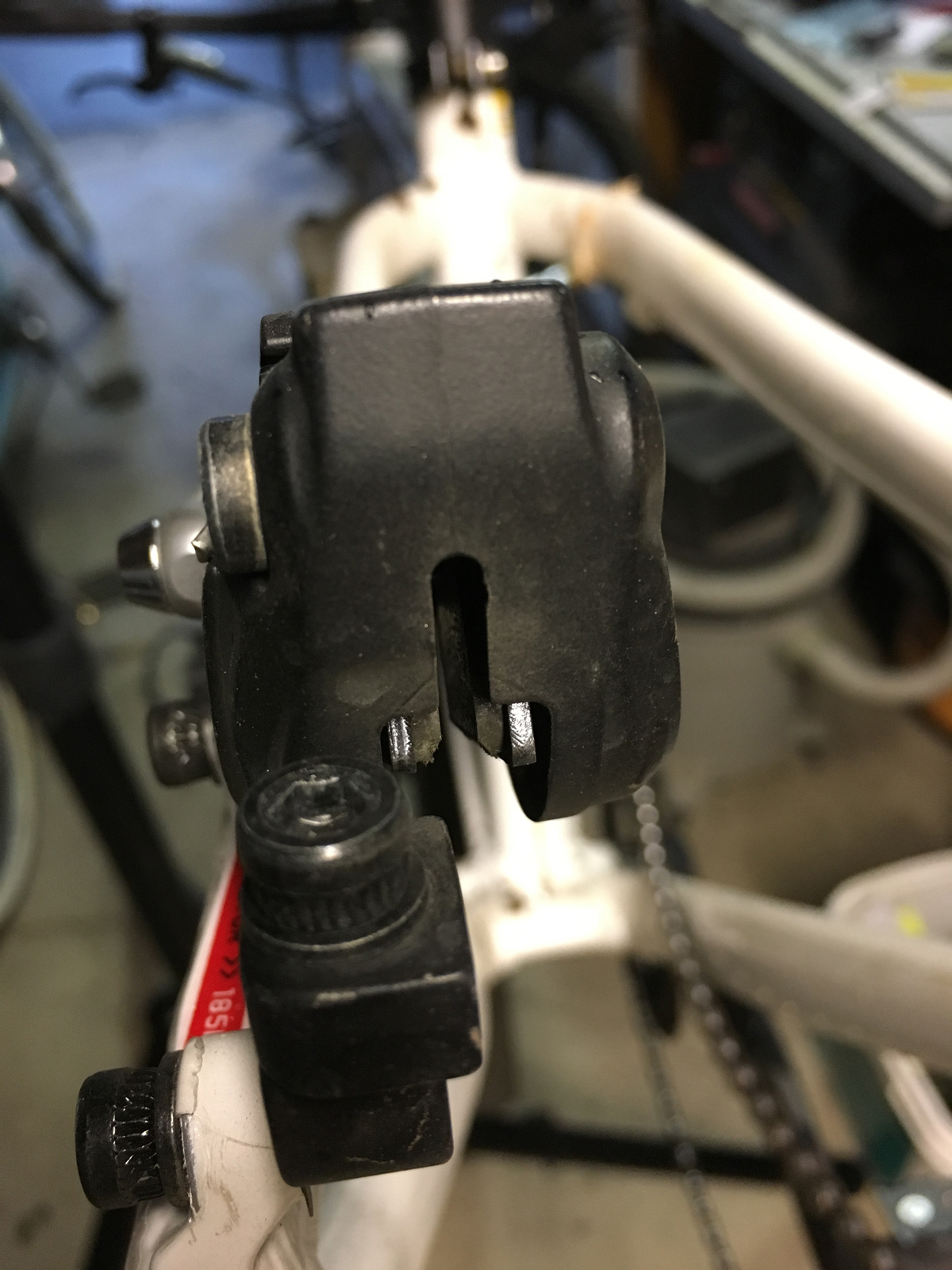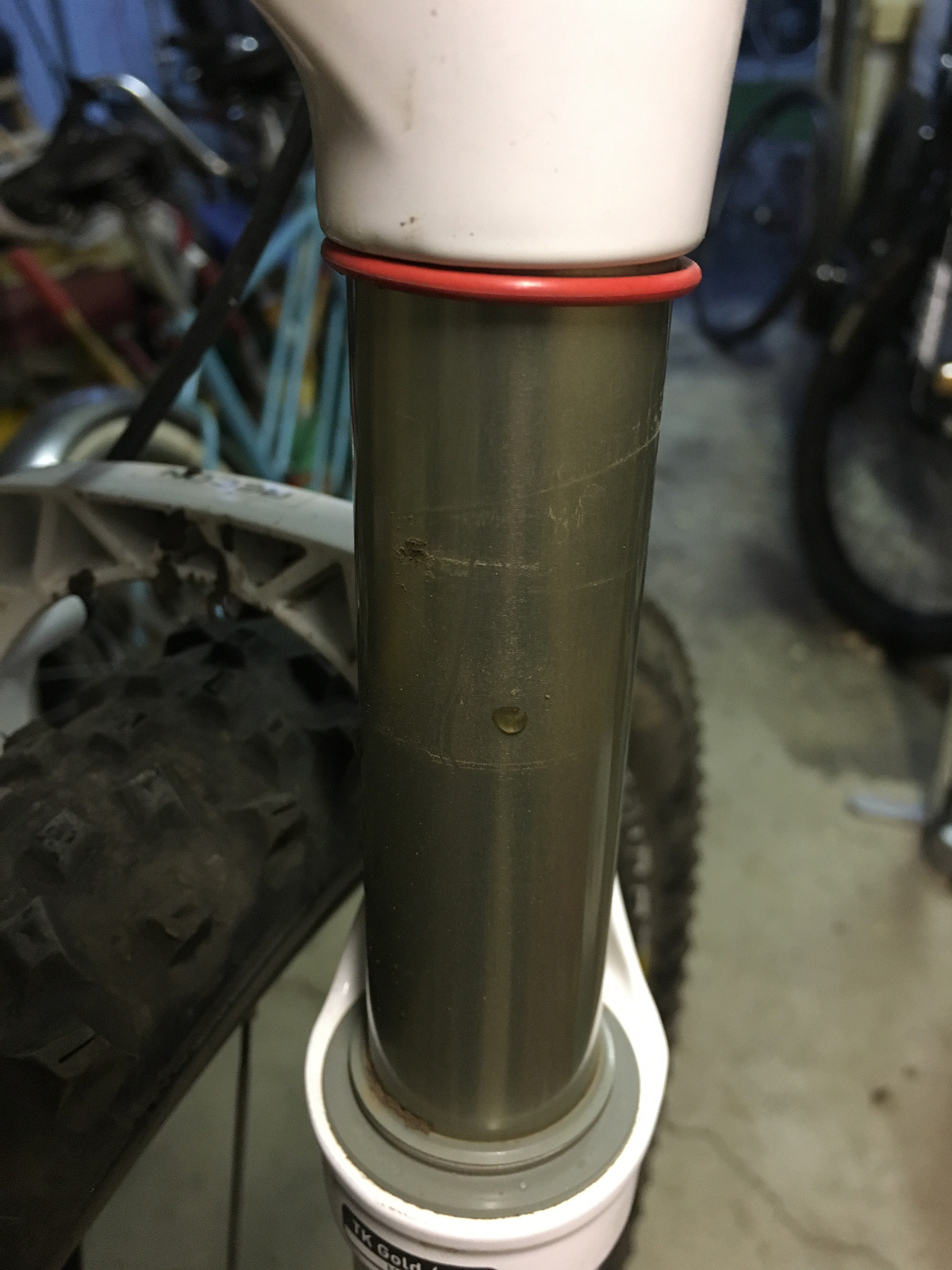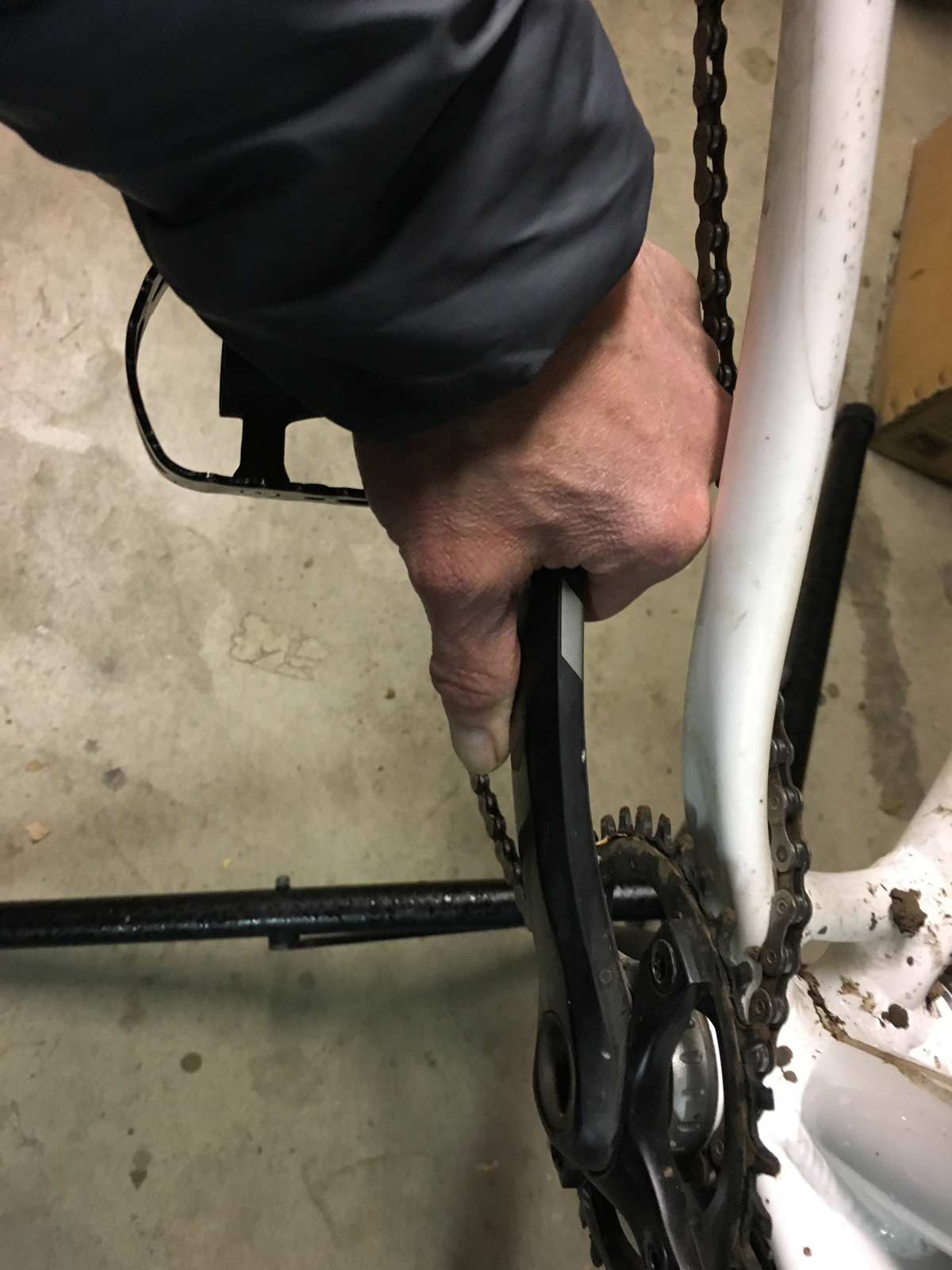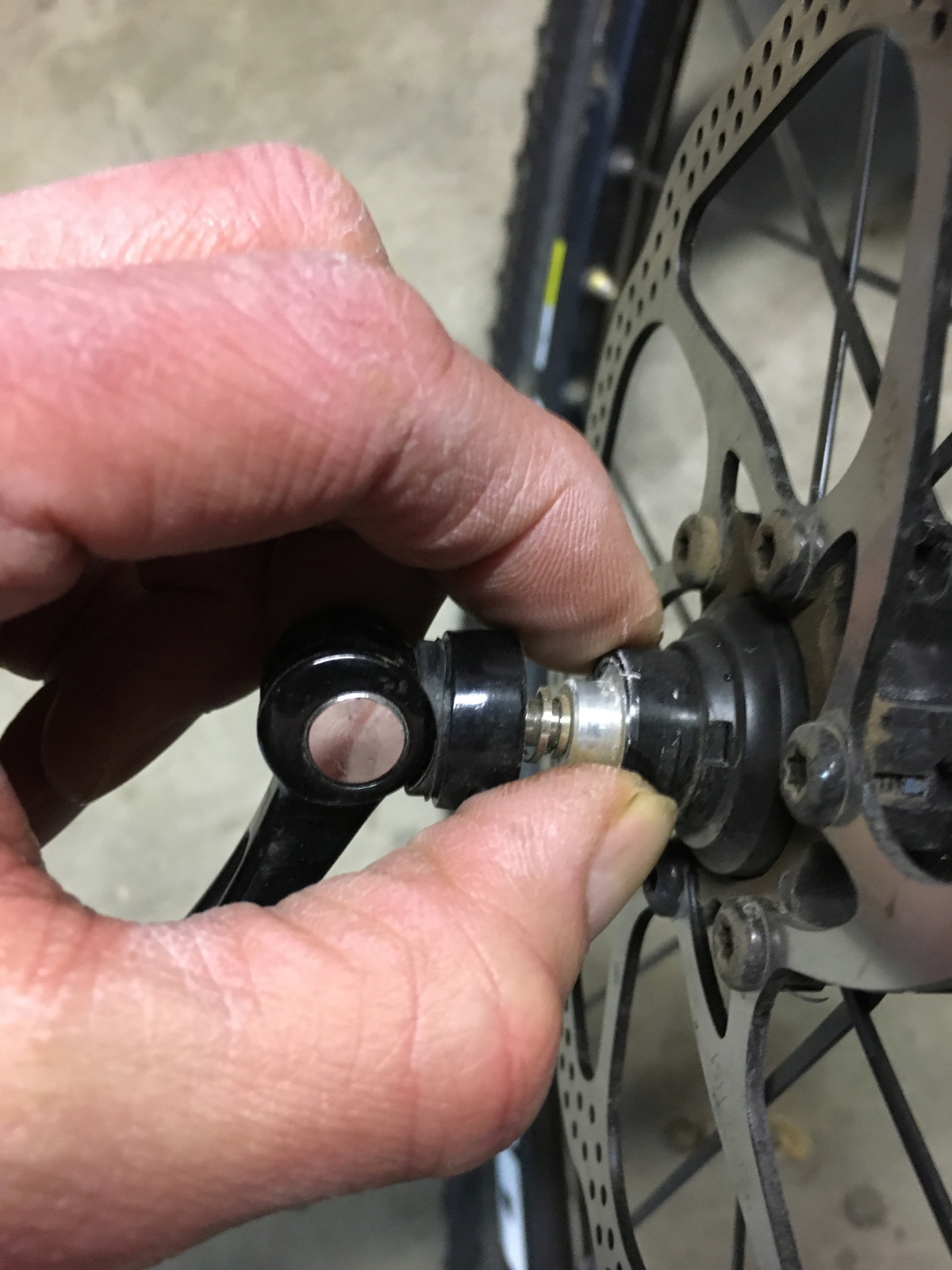By Tom Jow —
Preventative Maintenance. Do You Do It?
Preventative maintenance. We do it all the time, often without knowing it. Things like brushing our teeth, changing the oil in the car and cleaning out the roof gutters fall into that category. To me, bicycle preventative maintenance means washing my bike, lubricating the chain and inflating the tires properly. While road bikes haven’t changed much (if anything electronics makes it easier), mountain bikes are much more complex than decades ago. Overall, however, a bicycle is still a very simple machine. What is required is knowing what needs to be maintained, how often, and then making a schedule.
Before bicycles had suspension and hydraulic disc brakes, there were two things I stressed serviced regularly; chain and cables. My rule of thumb back in those days was a new chain after 1000 miles for mountain bikes and 1500 miles for road. Depending on a person’s riding habits, it’s probably about a season’s worth for dirt and a half or less for road. Changing the chain often retains good shifting performance, reduces cassette wear and rolls both smoother and quieter.
Replacing cables is important for both performance and safety. They don’t break often, but if they do it can be a little more than inconvenient. For example, if a shifting cable breaks it just means limping home on a bike in the wrong gear. When a brake cable comes apart there will be trouble ahead because cables don’t break unless there is a high force upon it; like trying to slow down in a hurry. To be safe, replace those brake cables at every couple years. Plus, they’re cheap!

Mountain bike hydraulic brakes don’t have cables but they still need regular service. Check the brake pads any time the wheels are out. The pads are self adjusting, so if you don’t inspect them you won’t know if they need replacing until they don’t work anymore. Just grab a flashlight and look inside the brake caliper. If the brake pad material is 2mm thick or less, replace them. Also, the hydraulic brake fluid should be changed occasionally. There are two reasons to do this. One, dirt and brake pad material sneak past the caliper piston seals to contaminate the fluid. Second, for brakes using DOT brake fluid, the fluid is “hygroscopic” meaning it absorbs water. Water in the brake line boils faster than the brake fluid, therefore expanding and creating inconsistent braking performance. There are several types of DOT brake fluid so be sure to follow the manufacturer’s recommendation. Mineral oil brake fluid does not absorb water, however, should still be changed occasionally. Again, only use the manufacturer’s recommended brake fluid.
There are two other hydraulic systems on bicycles. One is the adjustable (dropper) seatpost. These seatposts have oil, air and rubber seals to contain both. This component operates under high pressure and if the seals are not up to the task of containing said oil and air, the post will fail. How often does the dropper post need to be serviced? According to SRAM, the RockShox Reverb should be serviced at every 100 and 200 hours of use. The manufacturer KS Lev recommends their post be serviced every 3 months. See your owner’s manual or the manufacturer’s website for more details.

The other hydraulic system on a mountain bike is the suspension. The first line of defense is keeping those things clean. Before or after every ride, wipe the stanchion tubes (the one that slides inside the seal) with a rag. Dirt is the enemy to your suspension. For this reason it is important to have the seals checked and oils changed on schedule. For years, Fox recommended lower leg and oil service every 50 hours of riding. That time constraint has gradually increased so that for current forks major service is every 200 hours. RockShox suggests lower leg service every 50 hours and full service and oil change at 100 hours. For the rear shock, Fox recommends their rear shocks should have a seal service at between 8 hours (wet conditions) and 40 hours (dry). RockShox suggests service at approximately 100 hours of use. Be aware that these service recommendations are condition dependent. The wetter and dirtier the riding conditions, the shorter the service interval.

After taking care of all the aforementioned components, don’t forget about your wheels and bottom bracket. Spin the wheels and make sure they are true. If not, look for broken or loose spokes. Give the tires a looking over. Inspect the sidewalls and tread for cuts and abrasions. On mountain bike tires, the knobs get torn off sometimes. After the tires, check the bearings. Almost all hubs and bottom brackets are using sealed cartridge bearings these days. These bearing spin great but they usually don’t have too much grease inside. Check the hub bearings by removing the wheels and spin the axle with your fingers. Good ones feel smooth, with just a little wet feeling resistance. Dry ones may be smooth and spin really free. Bad ones feel crunchy or have high resistance to movement. These indications apply also to the bottom bracket. Remove the chain from the chainrings and give it a little spin.

Performing preventative maintenance on a bicycle is actually a pretty easy thing to do. The hardest part is figuring out what needs to be looked at and when. One way to keep track is the appointment calendar. Another way is to make notes in the training log. Some of the online apps have a place to indicate what equipment was used for the day’s workout. The important thing about preventative maintenance is to do it. Because the alternative is to have a bike that doesn’t work when you most want to ride it.
Tom’s tl;dr Guide to Bike Maintenance
- As necessary: Lubricate chain
- Every ride: Tire pressure, wipe suspension
- Every couple rides: Wash bike, tire condition, check brake pads (the wheels are out)
- Every month: Inspect tubeless tire solution
- Annually: Annual inspection of bearings, brake fluid, suspension pivots, chain, cassette
- By manufacturer recommendation: Suspension, dropper post

